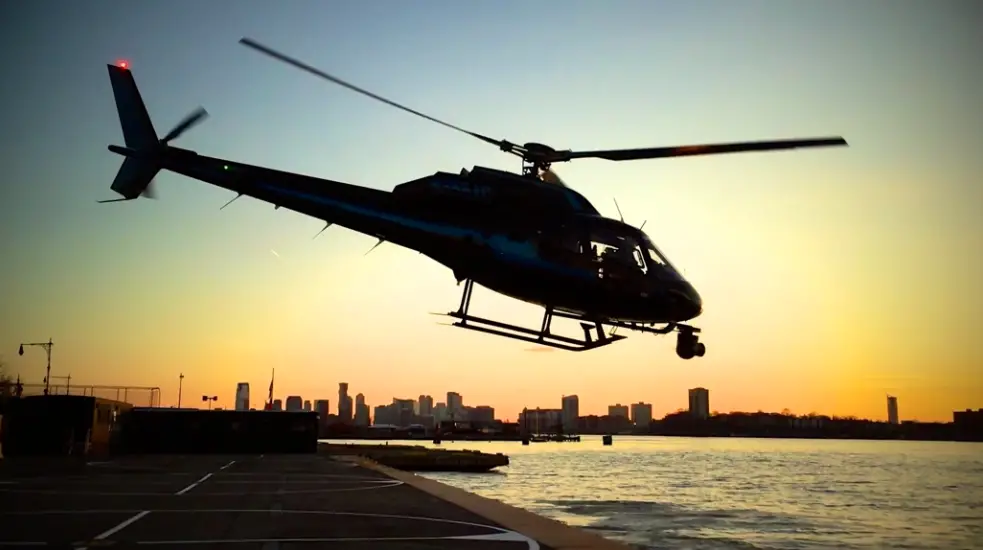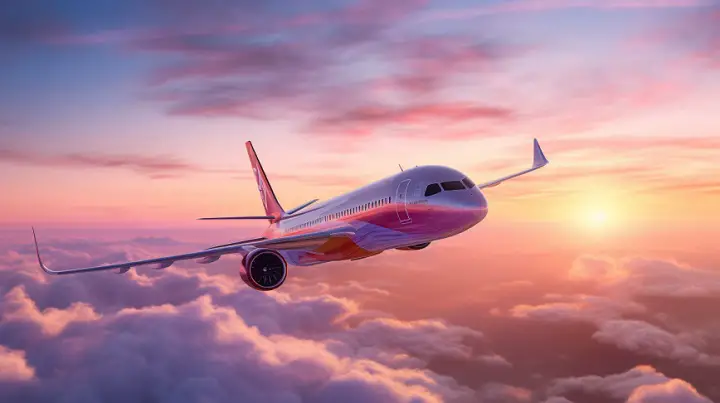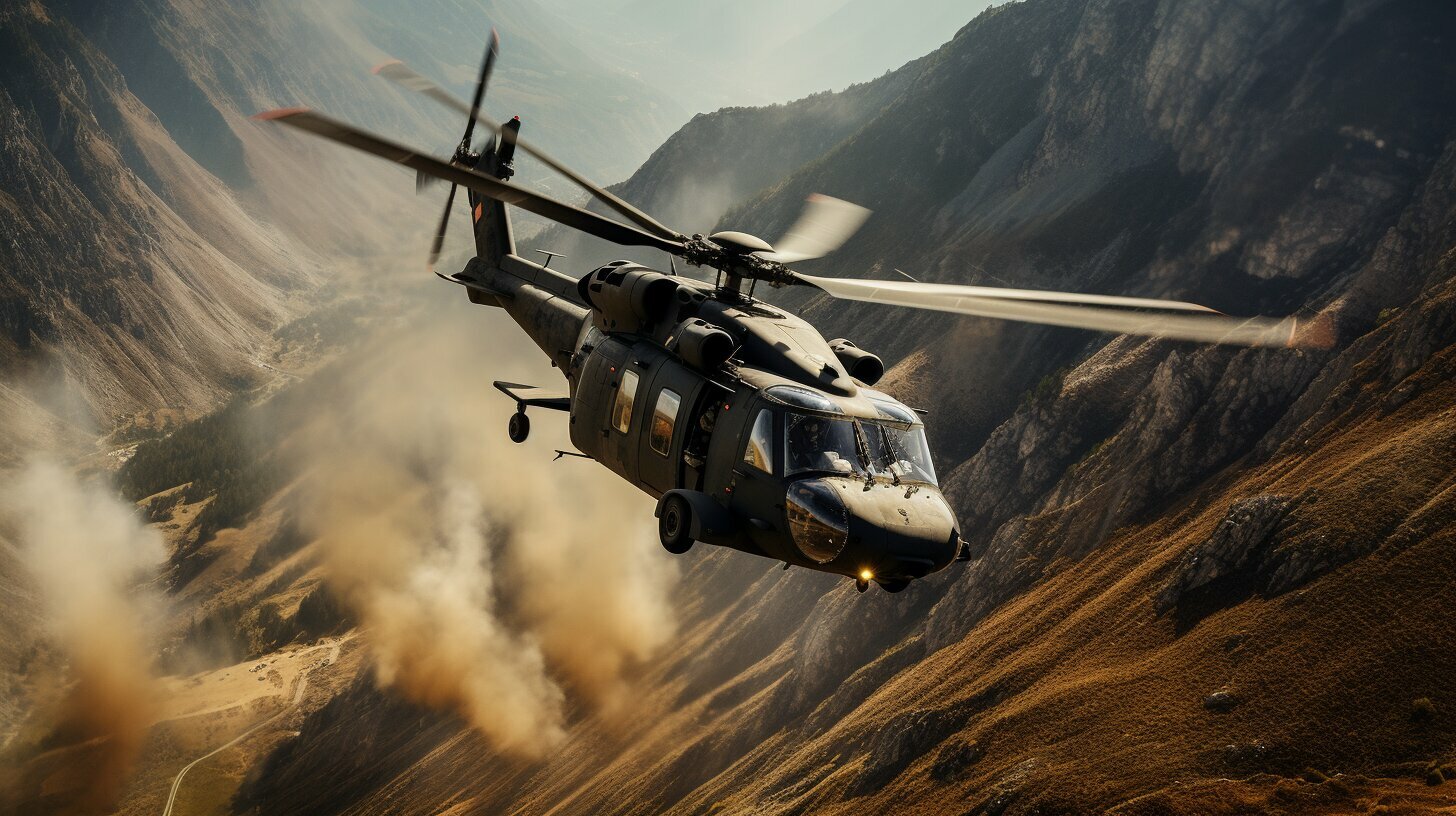
Advantages And Disadvantages Of Fixed Wing Versus Rotary Wing Aircraft
Deciding on the type of aircraft to utilize for a specific mission involves careful consideration of several factors. The aircraft’s speed, range, payload capacity, and cost are among the chief considerations. However, one of the most crucial decisions is whether to opt for a fixed-wing or rotary-wing aircraft.
Fixed-wing aircraft, as the name suggests, have wings that are stationary and provide lift, propelling the aircraft forward. On the other hand, rotary-wing aircraft have rotating blades or rotors that provide the necessary lift. Each of these aircraft types comes with its own set of benefits and drawbacks.
This article aims to explore the advantages and disadvantages of both fixed-wing and rotary-wing aircraft, along with examples of how each type is utilized in various applications.
Each aircraft type has advantages and disadvantages that make them suitable for different operations and missions. The choice ultimately depends on factors such as mission requirements, payload capacity, range, speed capabilities, etc.
Advantages of Fixed Wing Aircraft
Here are a few major advantages of fixed-wing aircraft:
Longer Flight Range and Endurance
Fixed-wing aircraft have a significant advantage over rotary-wing aircraft regarding flight range and endurance. This means they can fly long distances without refueling or rest. In comparison, rotary-wing aircraft have a much more limited range due to their design, which is primarily focused on vertical takeoff and landing capabilities. Fixed-wing aircraft can travel for thousands of miles at high altitudes, making them an ideal choice for long-haul trips and military operations.
Higher Speed Capabilities
Another major advantage of fixed-wing aircraft is their high-speed capabilities. They can reach much higher speeds than rotary-wing aircraft due to their aerodynamic design.
This means that fixed-wing aircraft can complete missions faster than rotary-wing aircraft, making them more efficient in many situations. In addition, fixed-wing planes are used in most commercial airlines because of their ability to cover large distances quickly.
More Stable Flight in Turbulent Weather Conditions
Fixed-wing planes provide much more stable flight characteristics when compared to rotary-wing craft during turbulent weather conditions such as strong winds or thunderstorms. The larger wingspan gives the plane greater lift, which enables it to stay airborne even during heavy turbulence. Additionally, the wings’ shape creates a natural balance that helps the plane maintain stability in the air.
Greater Payload Capacity
The ability to carry heavy payloads is another significant advantage of fixed-wing planes. Due to their larger size and structural design, these types of planes can carry much more weight than helicopters or other vertical takeoff and landing (VTOL) vehicles.
This makes fixed-wing airplanes an excellent choice for many military operations where heavy equipment needs transportation over long distances or large areas with varying terrain conditions.
Overall, fixed-wing aircraft have many advantages over rotary-wing aircraft regarding flight range, speed, stability, and payload capacity. These benefits make them an excellent choice for many applications, such as commercial transportation and military operations. Although they have limitations, fixed-wing aircraft are a highly reliable and versatile mode of transportation that will continue to play a vital role in aviation for many years to come.
Comparatively Lower Operational and Maintenance Cost
Generally, fixed-wing aircraft have lower operational and maintenance costs than rotary-wing aircraft. This is because fixed-wing aircraft have simpler engines and require less maintenance than rotary-wing aircraft. Additionally, fixed-wing aircraft typically have a lower wing loading than rotary-wing aircraft. This means that they have less weight per unit area of the wing. A lower wing loading allows fixed-wing aircraft to fly at higher altitudes, where the air is thinner and induces less drag on the aircraft. This reduces the amount of fuel required to maintain flight. Overall, fixed-wing aircraft are more fuel-efficient than rotary-wing aircraft because they are designed to fly at higher altitudes, higher speeds, and with a more streamlined shape.
Disadvantages of Fixed-Wing Aircraft
Now let’s discuss the disadvantages of fixed-wing aircraft.
Limited Ability to Hover or Land in Tight Spaces
One of the primary disadvantages of fixed-wing aircraft is their limited ability to hover or land in tight spaces. Because they rely solely on forward momentum to stay airborne, they require a certain amount of space for takeoff and landing. This can be especially problematic in urban areas where runways are limited or in emergency situations where a quick landing is necessary.
Requires a Longer Runway For Takeoff and Landing
Another disadvantage of fixed-wing aircraft is that they require longer runways for takeoff and landing. This can pose a problem in areas with limited runway space or where terrain makes constructing a long enough runway difficult. This requirement can also impact the overall cost of operating an aircraft, as airports with longer runways are multi-billion dollar projects and tend to have higher usage fees.
Despite these disadvantages, fixed-wing aircraft are prevalent in many popular operations, including commercial airlines, because they offer numerous advantages that rotary-wing models cannot match. Nonetheless, it’s essential always to consider every advantage and disadvantage before choosing any aviation technology since many factors go into selecting the right model based on specific needs.
Advantages of Rotary Wing Aircraft
Moving on to the benefits of rotary-wing aircraft, these versatile machines offer several advantages that make them indispensable in various industries and operational contexts.
Ability to Take Off and Land Vertically Without a Runway
Rotary-wing aircraft, such as helicopters, have the unique advantage of taking off and landing vertically without the need for a runway. This ability is particularly useful in locations where physical space is limited or non-existent, such as in mountainous regions or offshore oil rigs. Helicopters can even land on rooftops or other small landing areas, making them ideal for emergency medical services or search and rescue missions.
Can Hover In Place For Extended Periods of Time
Another advantage of rotary-wing aircraft is their ability to hover in place for extended periods. This allows them to perform tasks such as observation, aerial surveys, and even firefighting with greater precision and accuracy.
Greater Maneuverability in Tight Spaces
Rotary-wing aircraft have greater maneuverability than fixed-wing aircraft because they are capable of vertical flight and hovering. This allows them to fly into tight spaces that would be impossible for fixed-wing aircraft to access. Helicopters can fly close to buildings or other objects without fear of collision because they can make quick adjustments to their altitude and position.
Thus, rotary-wing aircraft offer distinct advantages over fixed-wing aircraft regarding vertical flight capabilities, hovering ability, and maneuverability in tight spaces. While they may have some limitations regarding speed and range compared to fixed-wing planes, these advantages make them valuable assets for a variety of applications, including emergency response services, military operations, and certain specialized commercial aviation.
Disadvantages of Rotary Wing Aircraft
On the other hand, despite their numerous advantages, rotary-wing aircraft also come with certain drawbacks that need to be considered in order to fully evaluate their suitability for specific applications.
Limited Speed Compared to Fixed-wing Aircraft
While rotary-wing aircraft have the advantage of being able to take off and land vertically, they are significantly slower than their fixed-wing counterparts. This is due to the design limitations of rotary-wing aircraft, which rely on the rotation of blades to generate lift and thrust.
This results in a maximum speed typically around half that of a fixed-wing aircraft. This limited speed can be a significant disadvantage for certain applications, such as long-range transportation.
Shorter Range Due to Fuel Consumption
Another disadvantage of rotary-wing aircraft is their limited range due to fuel consumption. Due to their design, rotary-wing aircraft require more energy to stay aloft than fixed-wing aircraft, which means they consume significantly more fuel per flight hour.
This results in a shorter range for rotary-wing aircraft than their fixed-wing counterparts. While this may not be an issue for short flights or local operations, it can be a significant drawback for long-range transportation or military missions that require extended periods in the air.
Less Stable Flight in Turbulent Weather Conditions
Rotary-wing aircraft are also generally less stable in turbulent weather conditions than fixed-wing aircraft. The rotating blades create turbulence around the helicopter, making it difficult for pilots to maintain control during high winds.
Additionally, helicopters are more susceptible to mechanical failure during turbulent weather due to the stress on the rotor system and other components. While modern helicopters are designed with advanced safety features and controls, flying in adverse weather conditions is still a higher risk than fixed-wing aircraft.
While rotary-wing aircraft offer unique advantages such as vertical takeoff and landing capabilities and maneuverability in tight spaces, they also come with distinct disadvantages, including limited speed compared to fixed-wing aircraft, shorter range due to fuel consumption, and less stable flight in turbulent weather conditions. When choosing between the two types of aircraft, it is important to consider the specific needs and requirements of the mission or operation at hand.
Fixed-Wing Aircraft
- Commercial Airliners: These are the most common type of fixed-wing aircraft, including planes from manufacturers like Boeing and Airbus. They are used primarily for passenger travel over medium to long distances.
- Military Fighter Jets: These high-speed aircraft are used by military forces worldwide for defense and attack purposes. Examples include the F-16 Fighting Falcon and the F-35 Lightning II.
- Private Jets: Individuals or companies own and operate these aircraft for personal or business travel. They vary widely in size and capacity.
- Cargo Planes: The fixed-wing cargo aircraft are designed to transport goods. They come in various sizes, from small feeder aircraft for short flights to large freighters like the Boeing 747-8F.
- Gliders: Gliders are a special type of fixed-wing aircraft with no engine and are primarily used for sport and recreation.
Rotary-Wing Aircraft
- Helicopters: These are the most common type of rotary-wing aircraft used in various roles, including search and rescue, medical transport, and military operations.
- Rotary-wing Drones: While many drones are small and remotely controlled, there are larger, more sophisticated drones that fall into the category of rotary-wing aircraft. These are used for a wide range of applications, from military operations to photography and scientific research.
- Quadcopters: These are a type of drone with four rotors. They are commonly used for aerial photography and videography, as well as in hobbyist and racing circles.
- Octocopters: Similar to quadcopters, these drones have eight rotors, increasing stability and lifting capacity. They are often used in professional settings for heavy-duty aerial photography or for carrying other specialized equipment.
Final Thoughts
Selecting the right type of aircraft is crucial as it directly affects the success of any mission or operation. The decision should be based on several factors, such as flight duration, distance covered, payload capacity, terrain characteristics, and weather conditions anticipated during the flight operations among others. Therefore, operators must understand their specific needs when choosing between fixed-wing versus rotary-winged craft.
In the end, understanding the key differences, advantages, and disadvantages of each type of aircraft can provide valuable insights, enabling informed decisions to be made based on the specific requirements and constraints of each mission. Whether it’s a commercial airliner ferrying passengers across continents, a military helicopter conducting a rescue mission, or a drone capturing stunning aerial footage, each aircraft has a role to play in the diverse world of aviation.
Continual technological advancements are effectively bridging the gaps between rotary-wing and fixed-wing aircraft. Innovative designs such as hybrid propulsion systems are enabling vertical take-off capabilities while maintaining high-speed performance and extended endurance ranges. These improvements enhance maneuverability and reduce fuel consumption, making the aircraft more environmentally friendly.
Moreover, the rise of unmanned aerial vehicles, both fixed-wing and rotary-wing designs, opens doors to unprecedented possibilities while simultaneously reducing maintenance costs and overall operating expenses. In this new age of aviation, these technological breakthroughs are ushering in a new era of possibilities.






